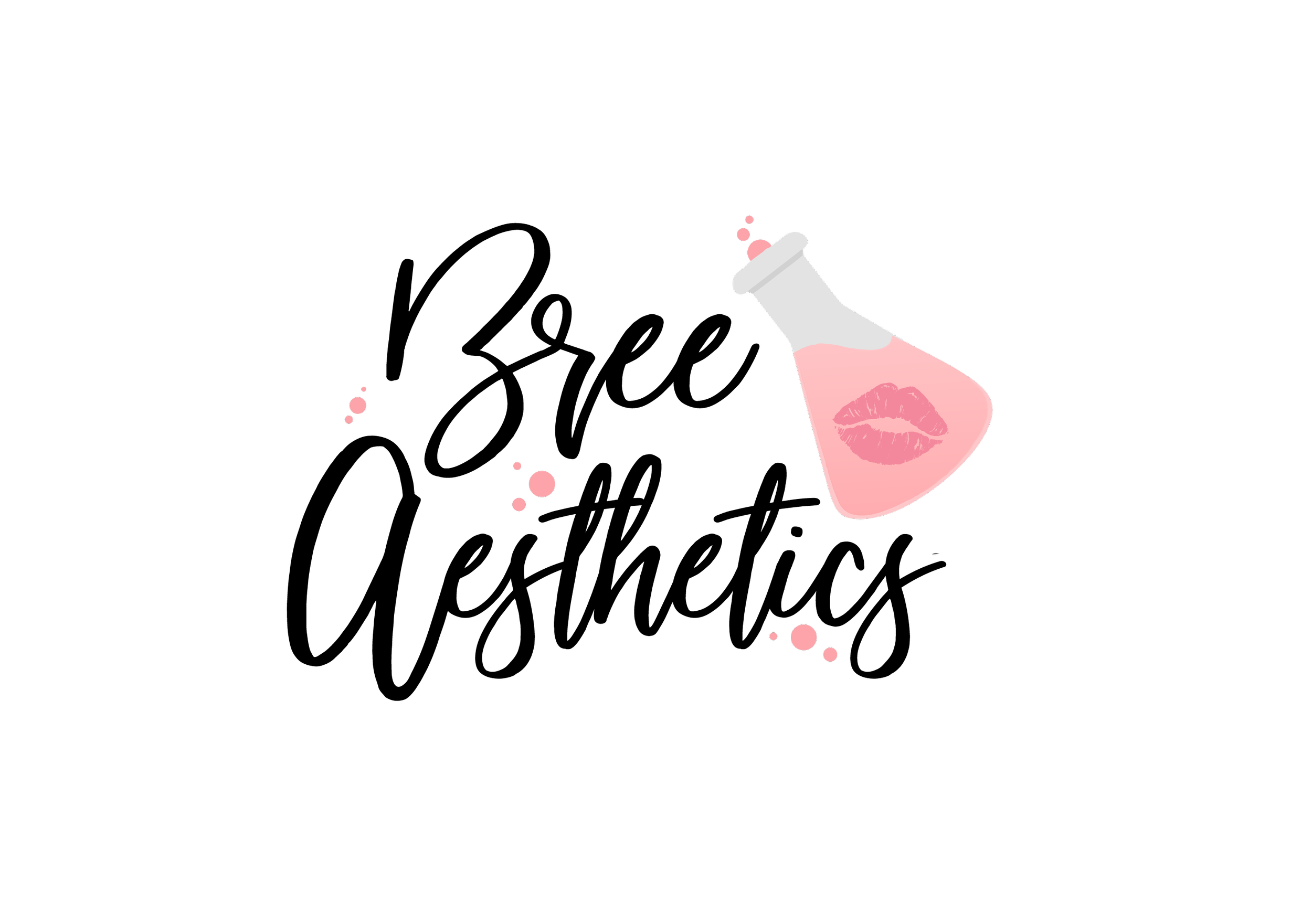SPF is Life
Sunscreen protection refers to the ability of a sunscreen product to shield the skin from the harmful effects of ultraviolet (UV) radiation emitted by the sun. UV radiation is divided into two main types: UVA and UVB.
UVA rays penetrate the skin more deeply and are associated with skin aging, such as wrinkles and age spots. UVB rays are responsible for causing sunburn and are a major contributor to skin cancer. Both types of UV radiation can damage the DNA in skin cells, increasing the risk of skin cancer over time.
Sunscreen works by either absorbing, reflecting, or scattering the UV radiation before it can penetrate the skin. The effectiveness of a sunscreen is measured by its Sun Protection Factor (SPF) and its broad-spectrum protection.
- SPF: SPF is a numerical value that indicates how well a sunscreen can protect your skin from UVB radiation. For example, an SPF 30 sunscreen means that it will take 30 times longer for your skin to start reddening compared to not wearing any sunscreen. However, it's important to note that no sunscreen can provide 100% protection.
- Broad-spectrum protection: This indicates that the sunscreen offers protection against both UVA and UVB radiation. Look for sunscreens labeled as "broad-spectrum" to ensure you are getting comprehensive protection.
To effectively use sunscreen for protection:
1. Choose the right SPF: Higher SPF numbers provide more protection, but the difference between, say, SPF 30 and SPF 50 is not as significant as you might think. SPF 30 blocks about 97% of UVB rays, while SPF 50 blocks about 98%.
2. Apply generously: Most people don't apply enough sunscreen. Use at least one ounce (about a shot glass full) to cover your entire body. Apply it 15 minutes before going outside and reapply every two hours, or more often if you're sweating or swimming.
3. Water-resistant sunscreen: If you'll be sweating or swimming, opt for a water-resistant sunscreen, but still remember to reapply.
4. Check the expiration date: Sunscreen can lose its effectiveness over time. Make sure to use sunscreen within its expiration date for maximum protection.
5. Use alongside other protective measures: Sunscreen is just one part of sun protection. Wearing protective clothing, wide-brimmed hats, and sunglasses, seeking shade, and avoiding peak sun hours (usually 10 a.m. to 4 p.m.) also contribute to overall sun safety.
6. Consider your skin type: Individuals with lighter skin are generally more prone to sunburn and may require higher SPF protection.
It's important to note that while sunscreen is a crucial part of sun protection, it should not be the only method you rely on. Taking a comprehensive approach to sun safety will help reduce your risk of skin damage and skin cancer. Hats, sunglasses, long sleeves, and sitting in shady areas are key practices in protecting your skin from the sun. It is especially important to protect your skin when under going skincare treatments such as peels, lasers, and microchanneling/microneedling.
